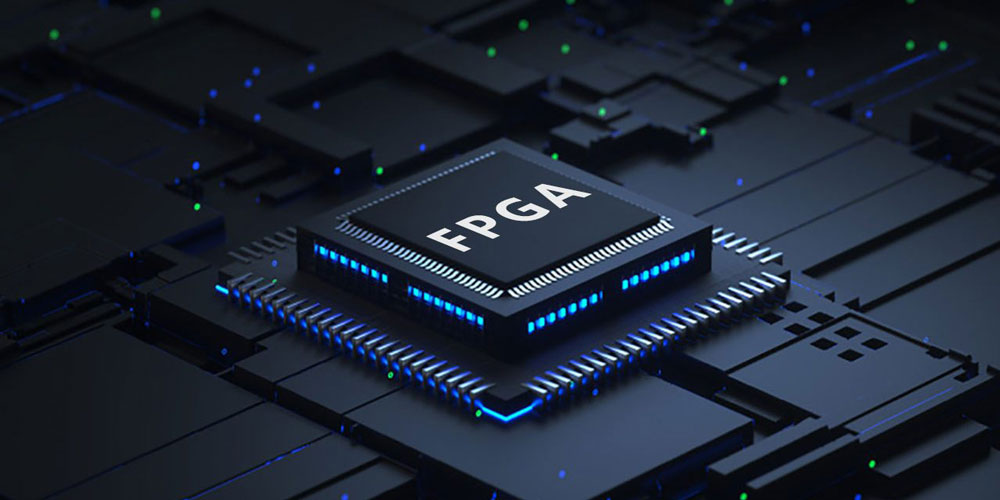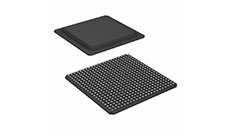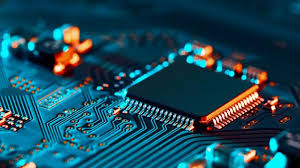ADI has revised its cooperation model with Arrow, deepening direct sales
ADI Changes Collaboration Model with Arrow, Deepening Direct Sales
Recently, industry media reported an internal email from ADI dated April 30, which indicated that ADI will be adjusting its distribution channels. ADI stated that it aims to deepen its direct sales model and, as a result, will change its cooperation model with its distribution partner, Arrow.
The email mentioned that starting from April 30, Arrow will no longer be approved for new demand. ADI will provide a buffer period for this decision, with the effective date being May 26, 2024. In the future, Arrow will continue to serve as ADI's fulfillment agent but will no longer be responsible for demand creation.

From this email, it is evident that ADI is vigorously promoting direct sales and encouraging customers to connect with ADI's own eShop mall and sales team. ADI still maintains a broad distribution channel, but the fact that Arrow is no longer approved for new demand suggests that ADI might prefer distributors to take on more straightforward fulfillment functions, such as order processing, logistics, and other basic tasks. When it comes to the most critical aspects of demand generation and managing major customers, the original manufacturer will exercise greater initiative.
For example, as TI streamlined its distribution channels earlier, its online mall TI.com also saw significant development, guiding customers to connect directly with the manufacturer. ADI's push for direct sales mirrors TI's approach and is expected to enhance its operational efficiency and profit margins. Directly connecting with customers will undoubtedly help the manufacturer better grasp market demand and material flow, thereby operating more purposefully. This is particularly significant now, as the AI and automotive supply chains are operating more rapidly, making direct demand connection even more important for the manufacturer.
However, this presents a new challenge for distributors like Arrow. The financial report released at the beginning of the month shows that Arrow's revenue for the first quarter of this year was $6.924 billion, a 20.7% decrease year-on-year; its Non-GAAP net profit was $132 million, a 51.8% decrease year-on-year. Distributors will have to face the dual challenges of manufacturer-direct sales and declining demand.
SMIC's First-Quarter Revenue Grows by Nearly 20%, Surpasses GlobalFoundries and UMC for the First Time
According to Fast Technology, SMIC recently released its financial report for the first quarter of 2024, showing a sales revenue of $1.75 billion, representing a quarter-on-quarter increase of 4.3% and a year-on-year growth of 19.7%, with a gross margin of 13.7%, all exceeding the guidance. This marks the first time SMIC's quarterly revenue has surpassed that of both UMC and GlobalFoundries. According to the financial reports released by these two companies, their first-quarter revenues were $1.71 billion and $1.549 billion, respectively, both lower than SMIC's. This implies that SMIC has temporarily become the world's second-largest pure-play foundry.
By application category, revenue from the smartphone business accounted for 31.2%, computers and tablets 17.5%, consumer electronics 30.9%, connectivity and wearables 13.2%, and industrial and automotive 7.2%. In terms of regional revenue contribution, the China region had the highest share at 81.6%, the United States region accounted for 14.9%, and the Europe and Asia region contributed 3.5%.
By wafer size category, revenue from 12-inch wafers accounted for 75.6%, while 8-inch wafers accounted for 24.4%. Additionally, SMIC's monthly production capacity also increased, rising from the equivalent of approximately 805,500 8-inch wafers in the fourth quarter of 2023 to 814,500 8-inch wafers in the first quarter of 2024.
For the second quarter, SMIC anticipates that sales revenue will continue to grow quarter-on-quarter by 5% to 7%, with a gross margin guidance of between 9% and 11%. The company aims for its full-year sales revenue growth to exceed the industry average of comparable peers, provided there are no significant changes in the external environment.
It is reported that Samsung Electronics has formed a 1nm memory technology team ahead of schedule.
According to IT Home, citing Korean media sources, industry insiders have reported that Samsung Electronics recently decided to establish a technology development team for 1dnm DRAM memory. Currently, the latest process in the DRAM memory industry is the fifth-generation 10+nm series, known as 1bnm. The next-generation 1cnm process from the three major memory manufacturers is expected to enter mass production between the third quarter of this year and next year, while the 1dnm process, which follows 1cnm, is anticipated to begin mass production after 2026.
When developing each generation of DRAM technology, Samsung Electronics typically forms a comprehensive team of semiconductor and process engineers only at the Process Architecture (PA) stage, close to mass production. However, for the 1dnm node, the team assembly has been advanced by 1-2 years, and currently consists of several hundred people. Compared to the current process, 1dnm will increase the use of EUV lithography, thereby increasing the difficulty. Samsung Electronics' early formation of the technology development team aims to accelerate the mass production preparation process and shorten the process optimization cycle.
TSMC's April Revenue Reached NT$236.02 Billion
TSMC, the leading semiconductor foundry, has recently released its revenue report for April 2024. Consolidated revenue for the month amounted to approximately NT$236.02 billion, marking a 20.9% increase from the previous month and a 59.6% increase compared to the same period last year. Cumulative revenue for the first four months of 2024 reached approximately NT$828.67 billion, reflecting a 26.2% increase compared to the same period last year.
Renesas Electronics' semiconductor wafer fab in Japan may commence production one year ahead of schedule.
According to the Science and Technology Innovation Board Daily, Renesas Electronics and SBI Holdings plan to jointly establish a new factory in Miyagi Prefecture, Japan. Recently, SBI Holdings President Yoshitaka Kitao revealed the intention to advance the production schedule for the new factory by one year. In response, Renesas Electronics stated that they have no comment on whether the construction of the factory will be accelerated, but they will fully assist the factory with technological support in the future.
 A Comprehensive Guide to Grasping FPGA Structure6/20/2024 679
A Comprehensive Guide to Grasping FPGA Structure6/20/2024 679FPGA (Field-Programmable Gate Array) is an integrated circuit, a type of programmable chip, that allows engineers to program custom digital logic. It can change its hardware logic based on the program, with the primary purpose of enabling engineers to redesign and reconfigure their chips faster and cheaper, whenever they want. However, nothing in the world is ideal, and FPGA chips also have limitations!
Читать далее > The EU to Impose Tariffs on Electric Vehicle Imports from China in Early July6/17/2024 344
The EU to Impose Tariffs on Electric Vehicle Imports from China in Early July6/17/2024 344The EU to Impose Tariffs on Electric Vehicle Imports from China in Early July
Читать далее > What is XC7A100T-2FG484I?6/6/2024 503
What is XC7A100T-2FG484I?6/6/2024 503XC7A100T-1CSG324C is an FPGA-based digital signal processing board, which consists of Xilinx's Virtex-7 series chips and FPGA interface chips.
Читать далее > Analog cycle inventory hits bottom, AI drives flash memory demand to continue6/4/2024 510
Analog cycle inventory hits bottom, AI drives flash memory demand to continue6/4/2024 510Analog cycle inventory hits bottom, AI drives flash memory demand to continue
Читать далее > Micron Plans to Build a Factory in Japan, NAND Flash Prices May Remain High5/31/2024 735
Micron Plans to Build a Factory in Japan, NAND Flash Prices May Remain High5/31/2024 735Micron Plans to Build a Factory in Japan, NAND Flash Prices May Remain High
Читать далее >
Горячие новости
- Diode Overview: Application in Automotive Alternator Rectifiers
- Electronic Component Symbols: Resistor, Capacitor, Transformers and Connectors
- Voltage-Controlled Oscillator: Principle, Type Selection, and Application
- Ultra-low power consumption of STM32U575/585 microcontrollers(MCU)
- What is Xilinx 7 Series FPGA Clock Structure- -Part two
- Basic Information about Temperature Sensor















